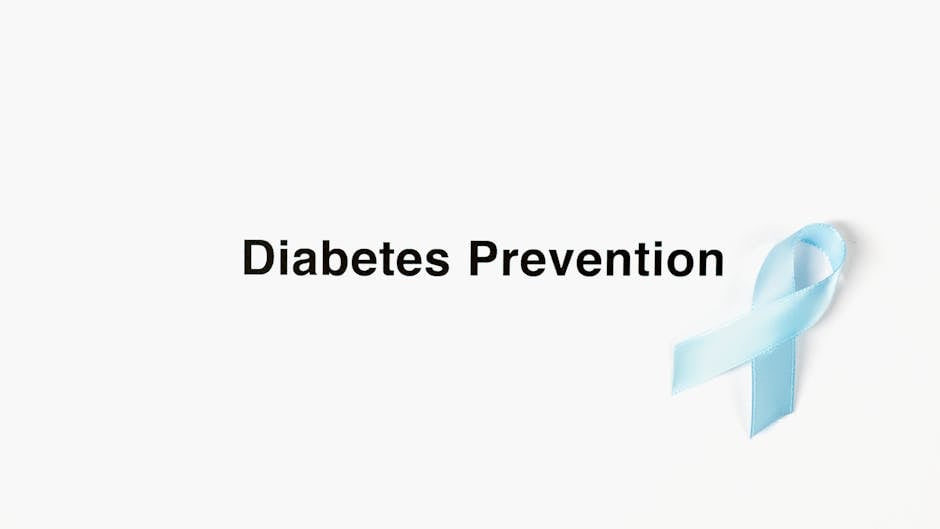
Living with a chronic illness often means navigating a world that wasn’t built for us. Everyday tasks can feel like climbing mountains, and the idea of exercise, often touted as a cure-all, can feel utterly inaccessible. I get it. I’ve been there. Years ago, my body felt like it was betraying me. Simple movements were exhausting, and the thought of a gym or even a brisk walk felt like a cruel joke. But, I also knew I needed to find a way to reclaim my strength and my life.
This isn’t about following a rigid fitness plan. It’s about small, sustainable steps that work *with* your body, not against it. Here’s how I started, and how you can too:
1. Listen to Your Body (Seriously, REALLY Listen): Forget the ‘no pain, no gain’ mantra. With chronic illness, pain is a signal to stop, rest, and reassess. Before any exercise, take a moment to check in. How are you *really* feeling? Are you experiencing a flare-up? Adjust your plans accordingly. Some days, a gentle stretch might be all you can manage. Other days, you might feel up to a little more.
2. Start Small, Think Tiny Wins: Overwhelming yourself is a surefire way to burn out. Instead of aiming for a 30-minute workout, begin with 5-10 minutes. Focus on small, manageable goals. Maybe it’s simply standing up and sitting down from a chair a few times, or walking to the mailbox and back. Celebrate those tiny victories! They are HUGE.
3. Low-Impact is Your Friend: High-impact exercises can exacerbate symptoms for many chronic illnesses. Embrace low-impact options. Consider:
- Walking: Start with short distances and gradually increase.
- Swimming or Water Aerobics: The buoyancy of water supports your joints.
- Chair Yoga: Gentle poses that can be modified for all levels.
- Tai Chi: Slow, flowing movements that promote balance and coordination.
4. Find Your Support System: This journey is often lonely, but you don’t have to go it alone. Connect with others who understand. Support groups, online communities, and even supportive friends and family can provide invaluable emotional support and motivation. Share your challenges and your triumphs.
5. Modify and Adapt (That’s the Key!): Not every exercise will work for everyone. The beauty of exercise is that it can be adapted to suit your needs. Use modifications. For example, if you can’t stand for long periods, do seated exercises. Use props like chairs, walls, or resistance bands to support your body.
6. Prioritize Rest and Recovery: Rest days are as crucial as exercise days. Listen to your body and take breaks when needed. Adequate sleep, proper nutrition, and stress management are all critical components of your overall well-being and can help you manage pain.
7. Celebrate Progress, Not Perfection: This is not about becoming a fitness model. It’s about feeling better, gaining strength, and living a more fulfilling life. Don’t get discouraged by setbacks. Acknowledge your progress, no matter how small. Every step you take is a victory. Your body and your mind will thank you for it. Remember, the journey is long and the destination is a stronger, more resilient you.

